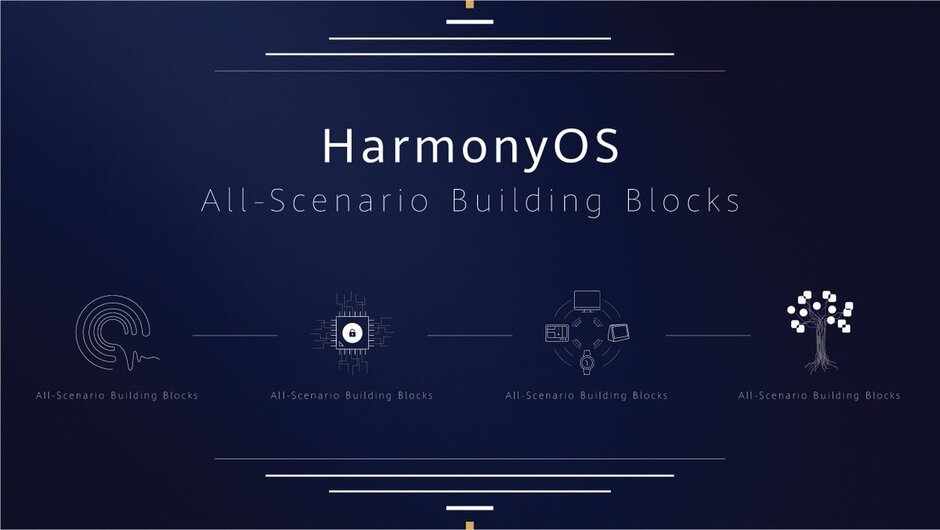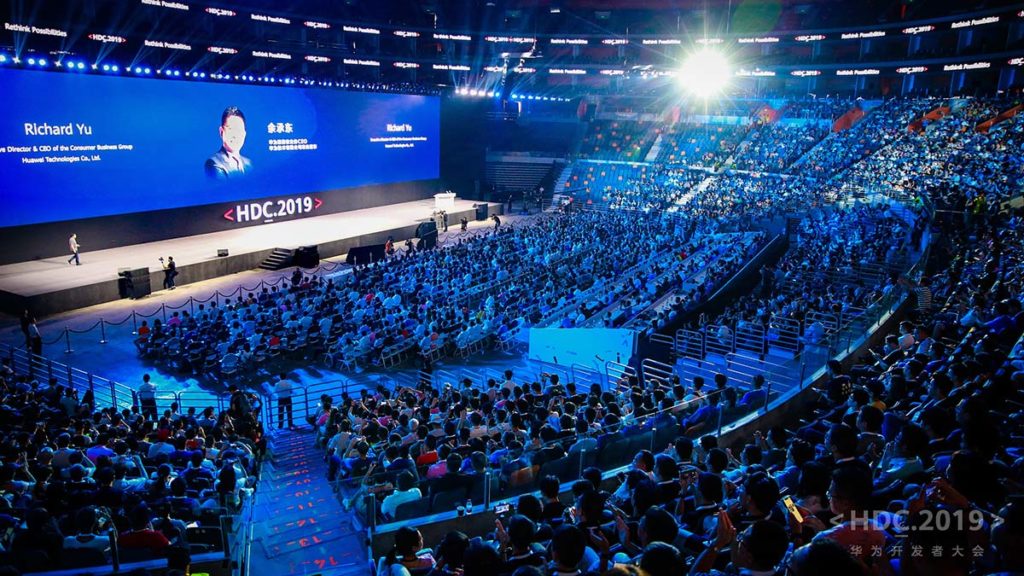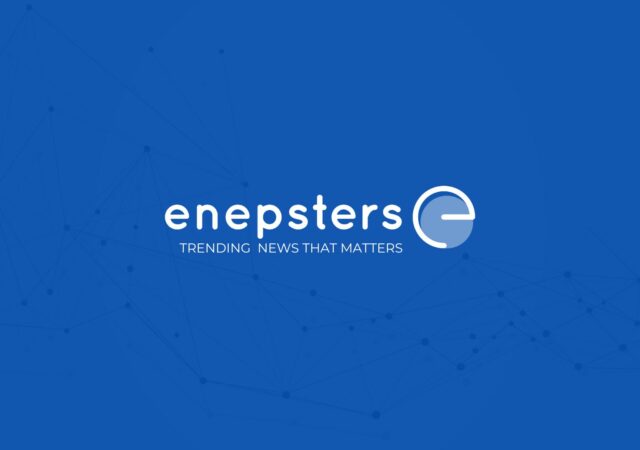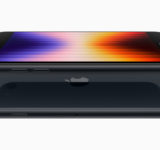Huawei has unveiled its own operating systems dubbed Harmony OS — HongMeng in Chinese — at HDC 2019. The US-China trade war doesn’t seem to descend, so Huawei possibly may lose access to the Android system, however, the future is still skeptical. But the company wastes no time in launching its own OS and the new OS supports all sorts of devices that include phones, tablets, wearables, and TVs.
Richard Yu, the head of Huawei’s consumer business spoke in the press conference, “Huawei’s Harmony OS or Hongmeng would bring more harmony and convenience to the world”.
The new OS was teased for quite a long time and is being taken crucial for the tech group’s existence or survival as it defies an imminent White House ban on US-based companies selling technology products to Huawei that might potentially remove its access to Google’s Android OS.
Yu said that the new system was a “future-oriented OS” to be “more smooth and secure’ which he said was “completely different from Android as well as iOS”.
According to Huawei, the first version of the Harmony/HongMeng OS would be released later this year in its smart screen products, before taking it to other devices like wearables in coming three years.
Yu mentions “If you’re asking when will we apply this to the smartphone, we can do it at any time”. He said that they gave priority to using Google’s Android OS, which is compatible with Harmony. “However, if we cannot use it [Android] in the future, we can immediately switch to the Harmony OS,” he added.
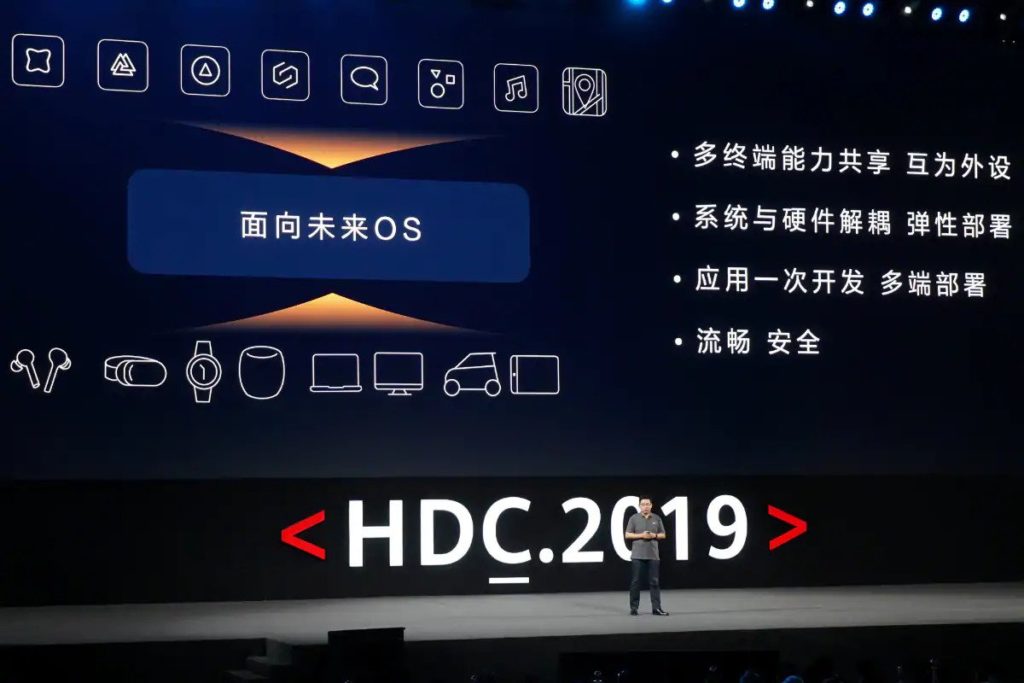
The trade war in between Beijing and Washington that has seen retaliatory tariffs slapped on billions of dollars of two-way trade also dragged Huawei in the month of May 2019. Huawei is considered the leader in the world for the fifth-generation or 5G equipment and is the second-largest smartphone manufacturer in the world. But the suspicions that Huawei supplies a backdoor for Chinese intelligence services (Huawei denies this) led the US President Donald Trump to blacklist the company and ban its trade with US-based companies. Following the same, Beijing too smashed US rules banning Huawei and other Chinese companies from government contracts, saying they amounted to an “abuse of state power”.
Huawei has always opened itself saying that it didn’t want to replace its Android phones with another homemade operating system. Anyways it’s been reportedly working on its own operating system since the year 2012. To Die Welt, which is German National Daily Newspaper, Yu said in an interview that developing their own operating system was in fact “Plan B”.
Kenny Liew, who is the technology analyst at Fitch Solutions said to AFP that Huawei will be able to “develop at a lower cost a brand new ecosystem” and “mitigate its dependence on US suppliers for its software needs”. He also added that smartphones that make use of the new system would majorly be limited to the Chinese own market.
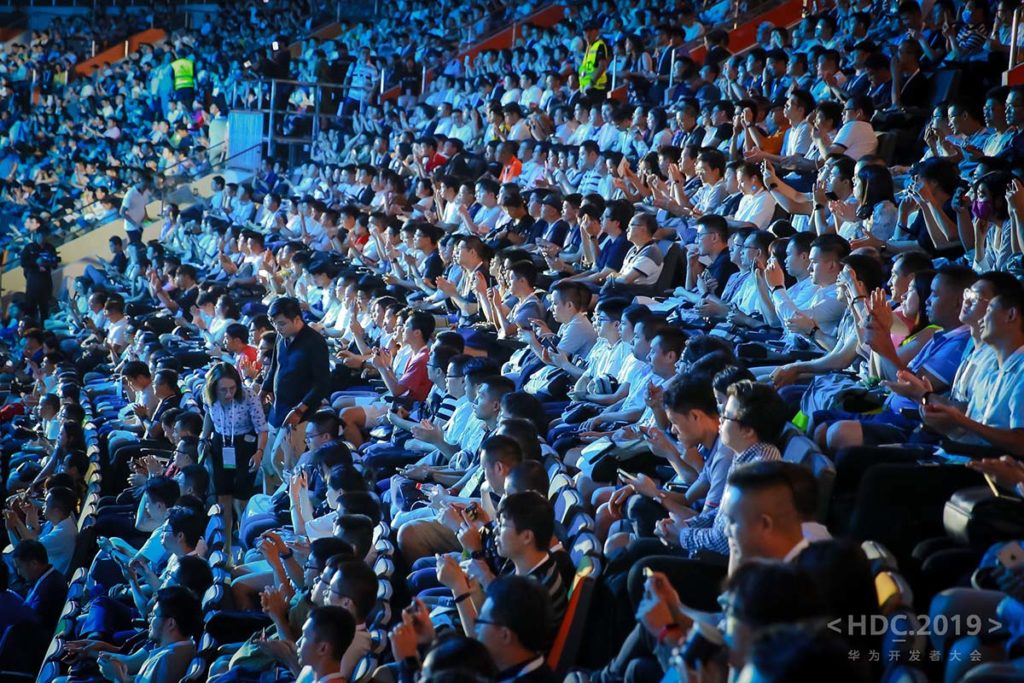
To develop an operating system along with an accompanying ecosystem it definitely a convoluted task. Currently, smartphone manufacturers greatly use Google’s Android as for their operating system. While the Apple iOS that occupies the major part of the remaining OS industry is exclusive on the iPhone. We’ve seen Microsoft pulling its plug out its Windows OS at the start of this year. Similarly, very few know about the Tizen OS from Samsung. Basically, if it’s an operating system, most people think of either Android or iOS.
A new Harmony OS in Huawei smartphone means that you lose a full Android version along with the Google services, it seems a mountain to climb for Huawei in order to establish a consumer base buying their devices outside of China.
Anyways, you might be interested in what the new Harmony OS has on offer. The company has come up with four distinct technical features:
- An OS with a distributed architecture for a seamless experience across devices.
- A Deterministic Latency Engine and high-performance Inter-Process Communication (IPC) to address underperformance challenges in its devices.
- A microkernel design architecture for enhanced security and low latency.
- A multi-device Integrated Development Environment (IDE) allowing apps to be developed once and deployed across multiple devices.


